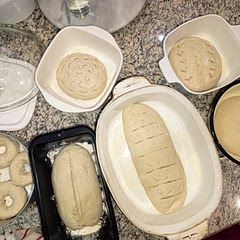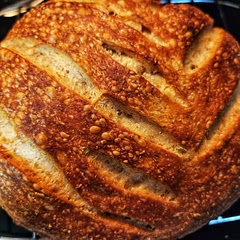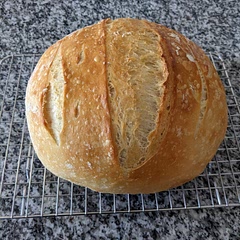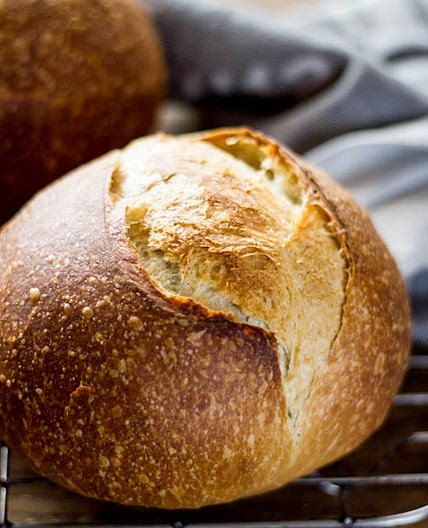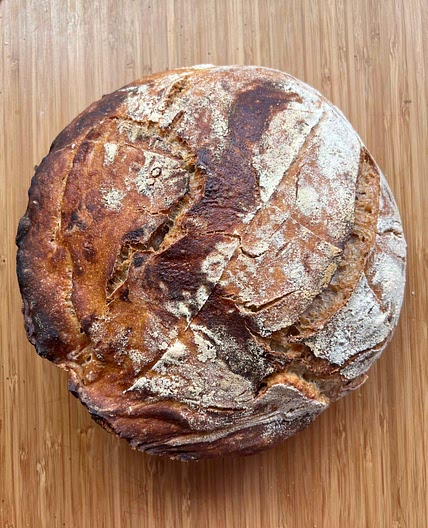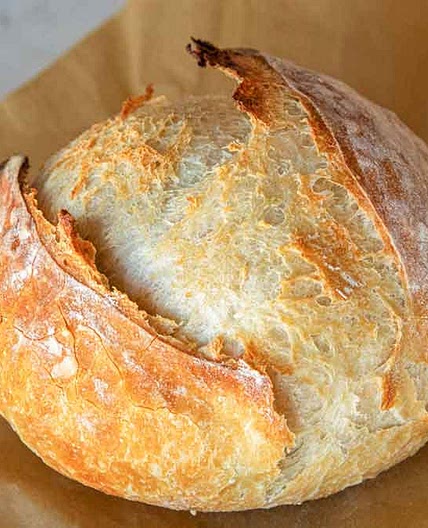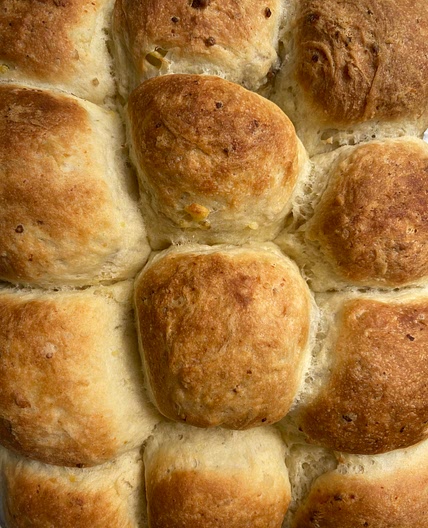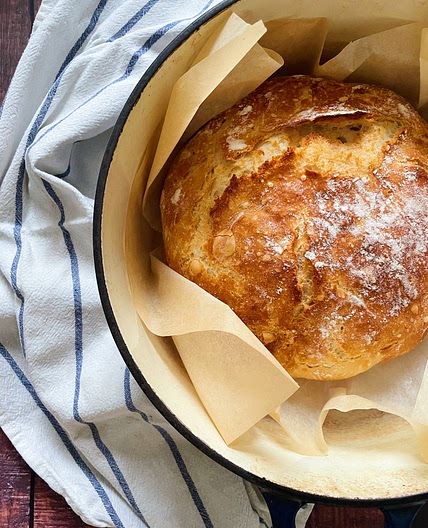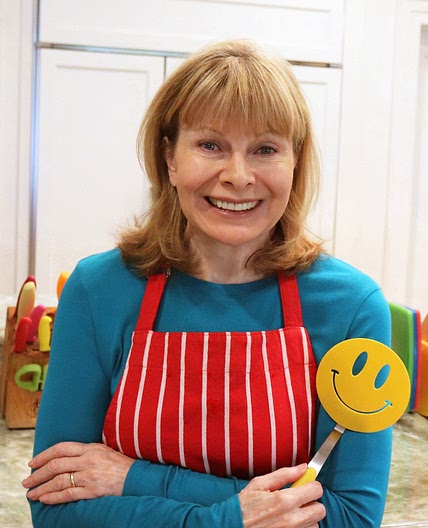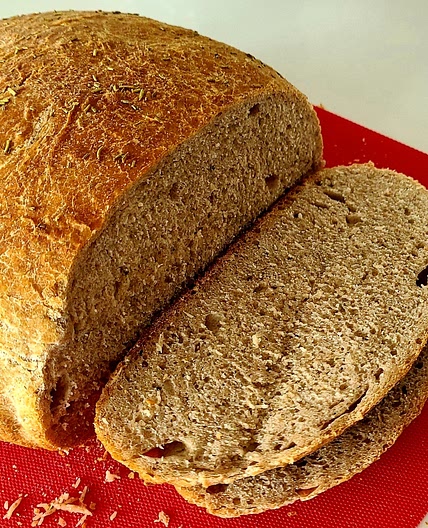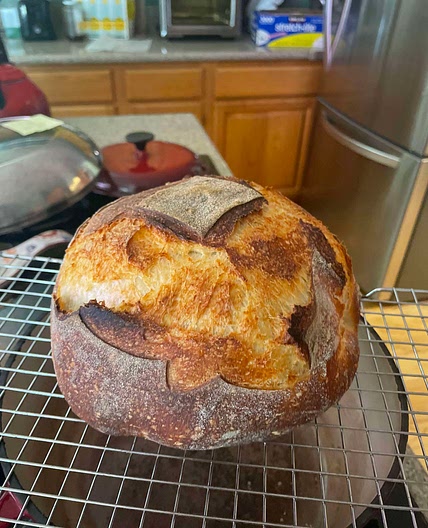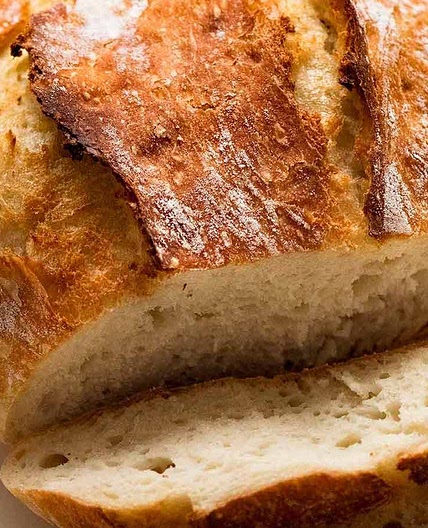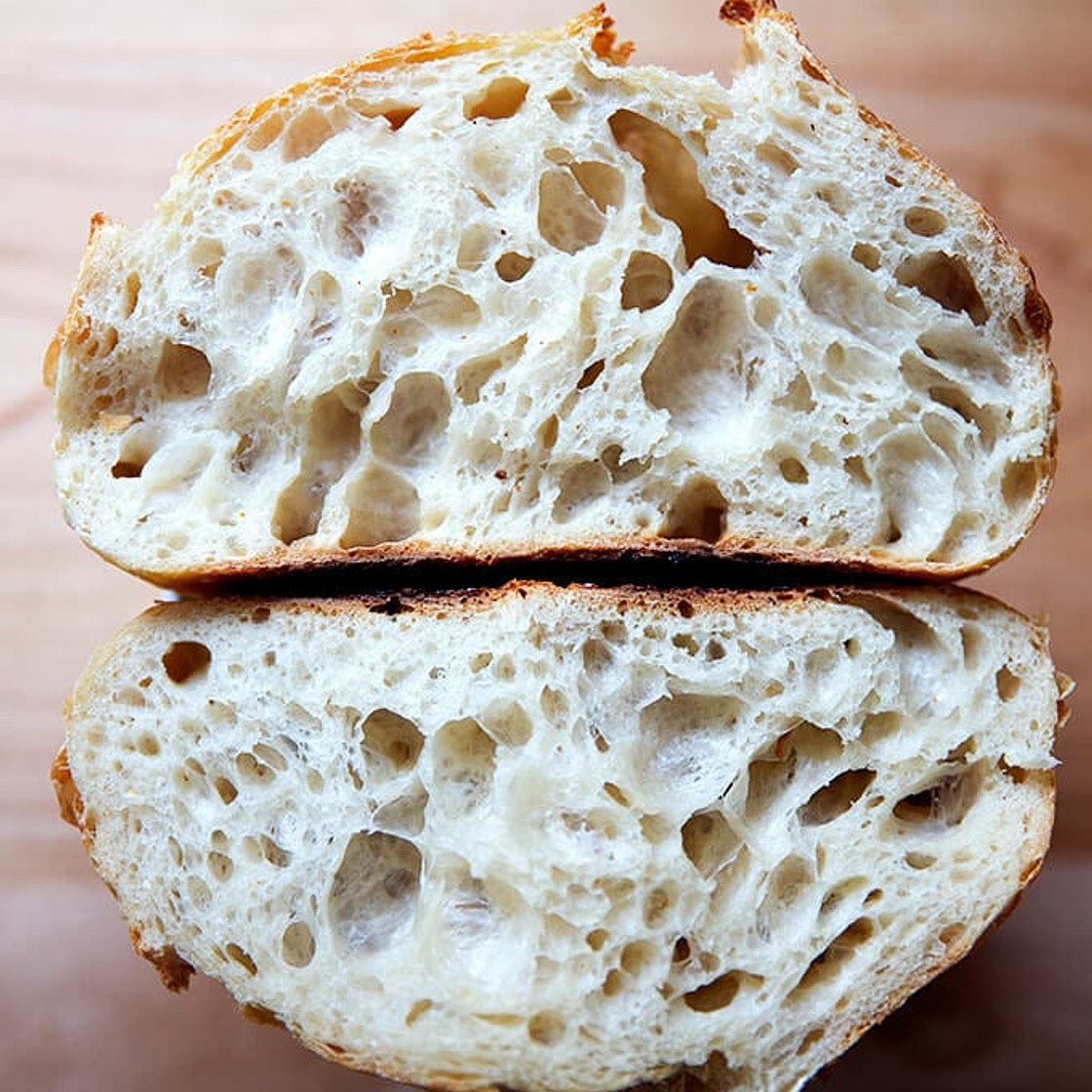
1/10

2/10
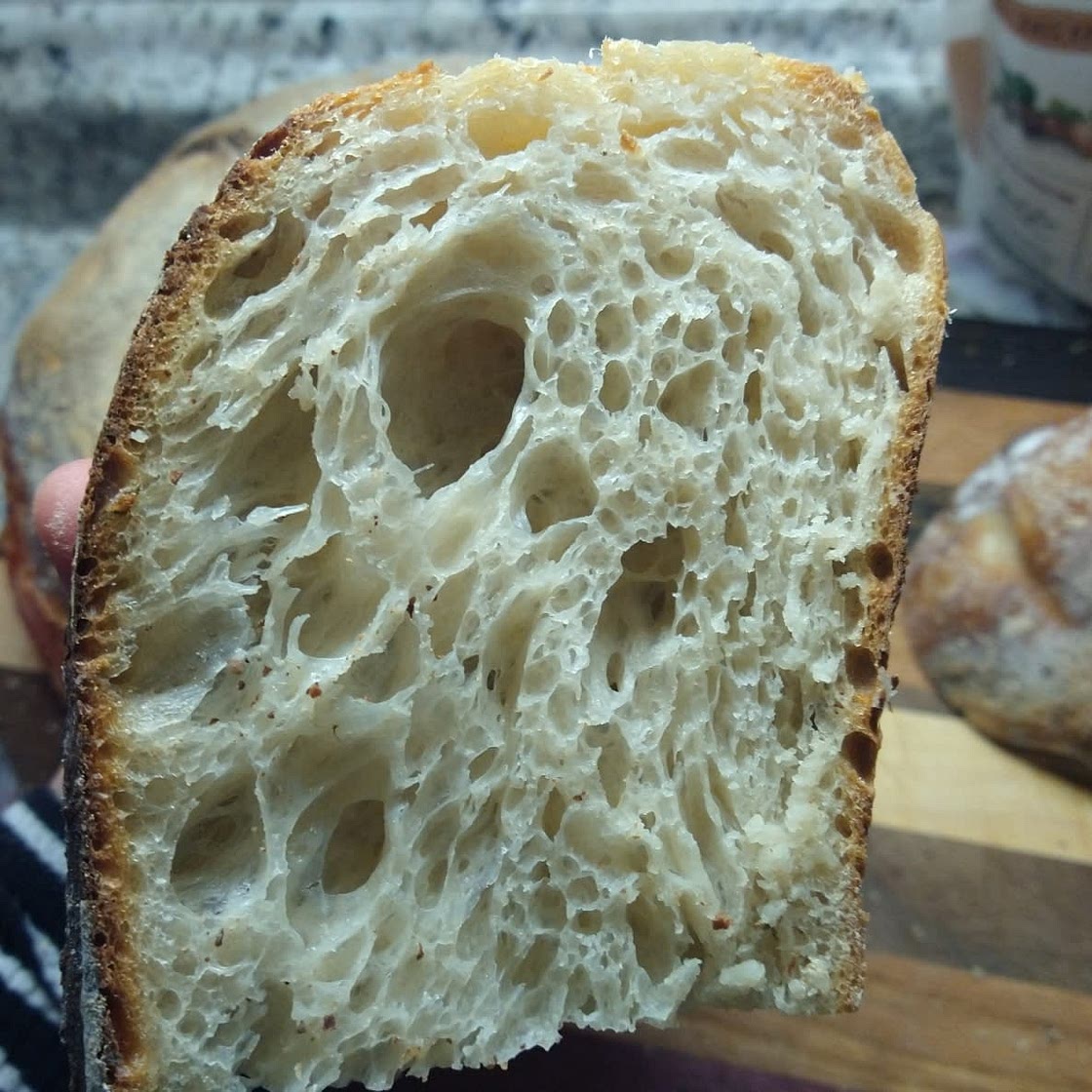
3/10
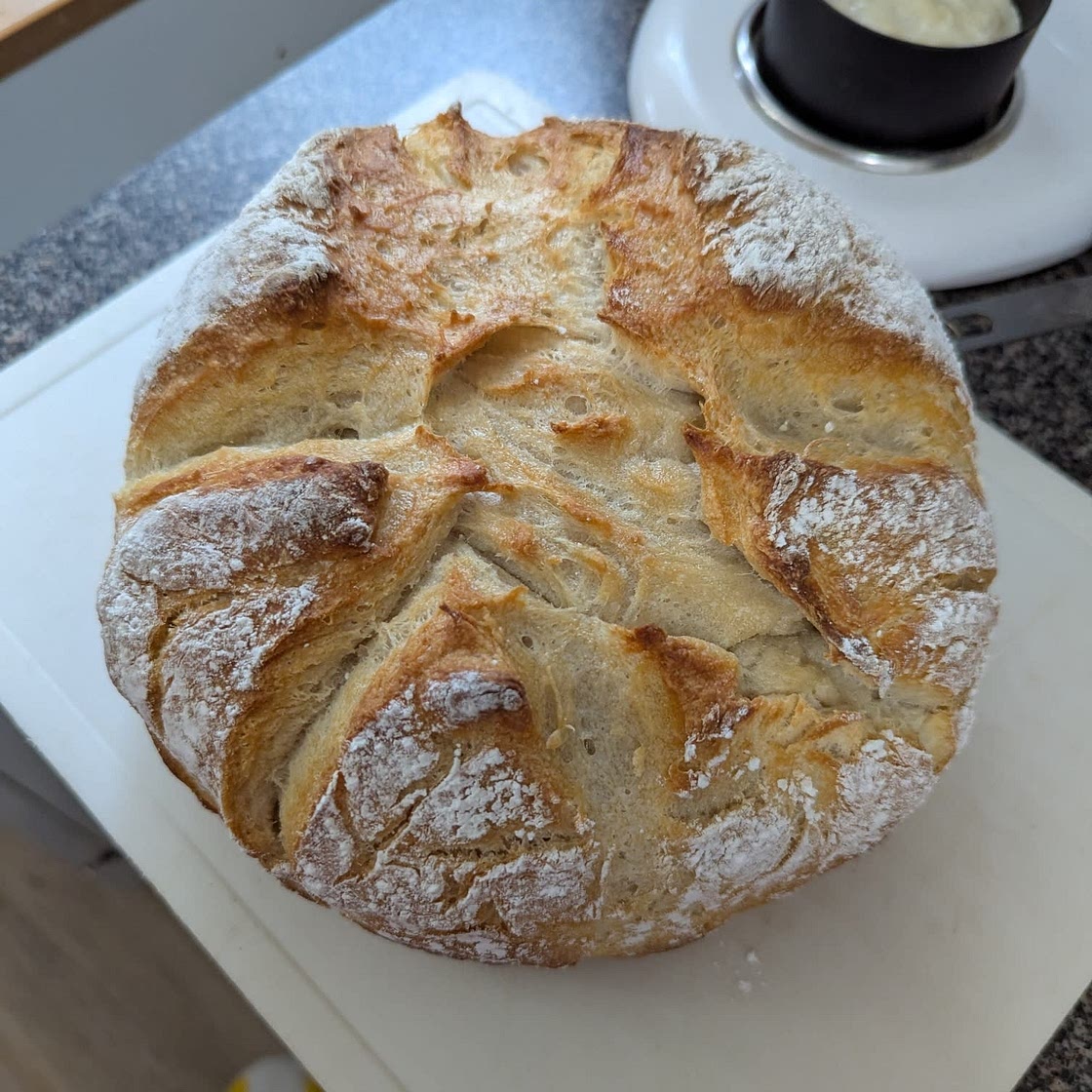
4/10

5/10
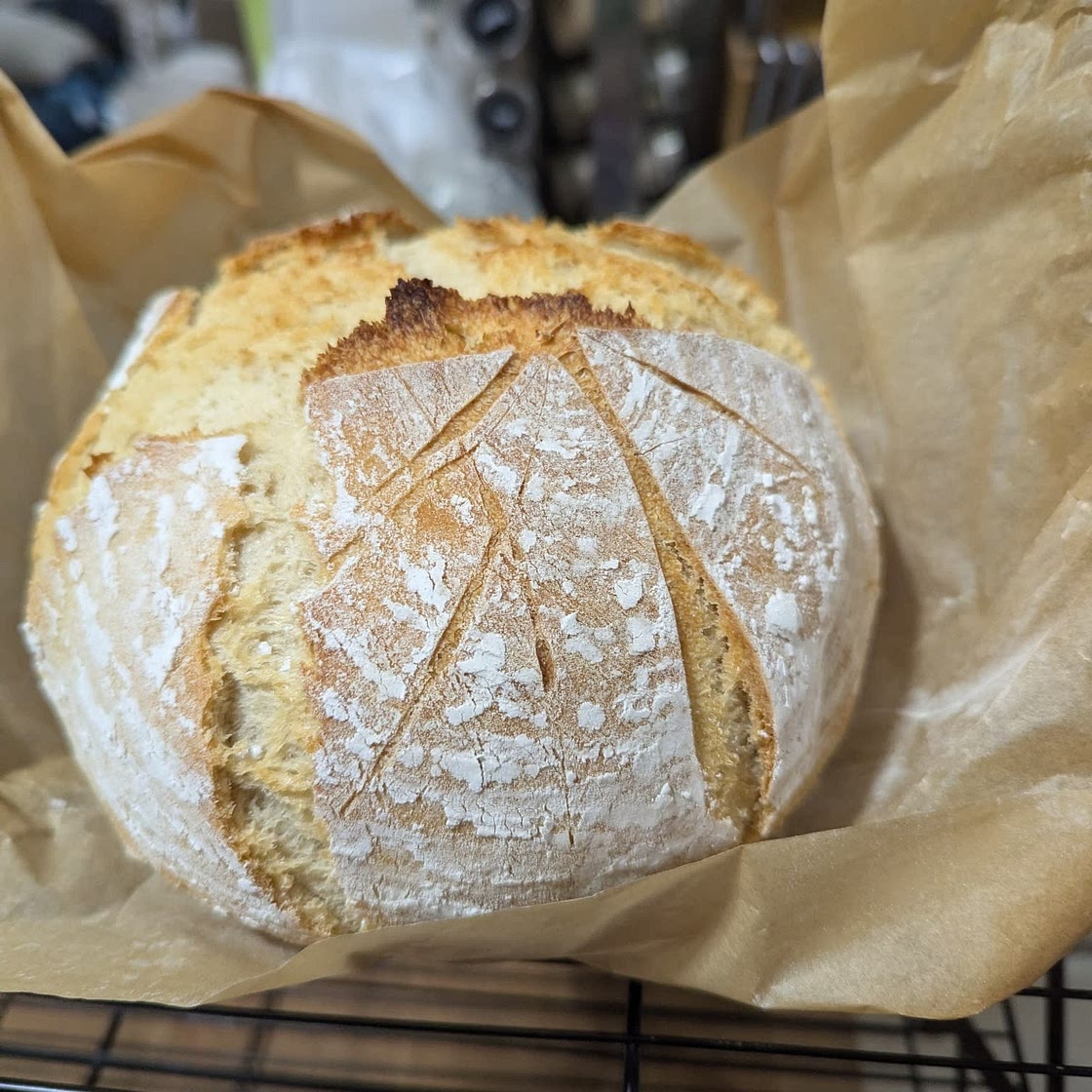
6/10
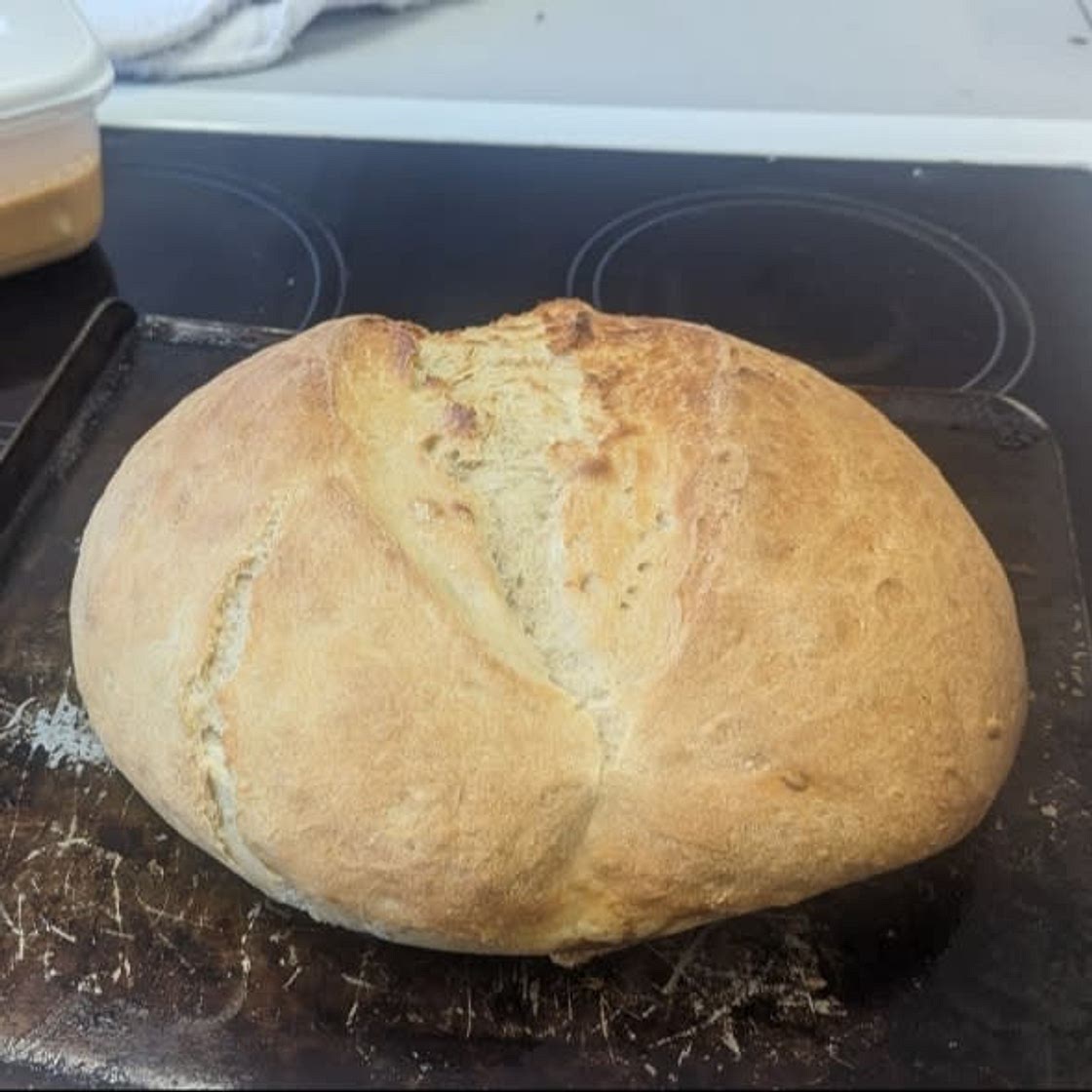
7/10

8/10

9/10

10/10
94%
18
By alexandracooks.com
Homemade Sourdough Bread, Step by Step
Instructions
Prep:18hCook:45min
Updated at: Sun, 28 Dec 2025 02:31:55 GMT
Nutrition balance score
Good
Glycemic Index
74
High
Glycemic Load
286
High
Nutrition per serving
Calories1954.5 kcal (98%)
Total Fat9.2 g (13%)
Carbs388.6 g (149%)
Sugars2 g (2%)
Protein65.9 g (132%)
Sodium3550 mg (177%)
Fiber19 g (68%)
% Daily Values based on a 2,000 calorie diet
Ingredients
1 servings
Instructions
View on alexandracooks.com
↑Support creators by visiting their site 😊
Notes
56 liked
3 disliked
Go-to
Delicious
Crispy
Moist
Easy
